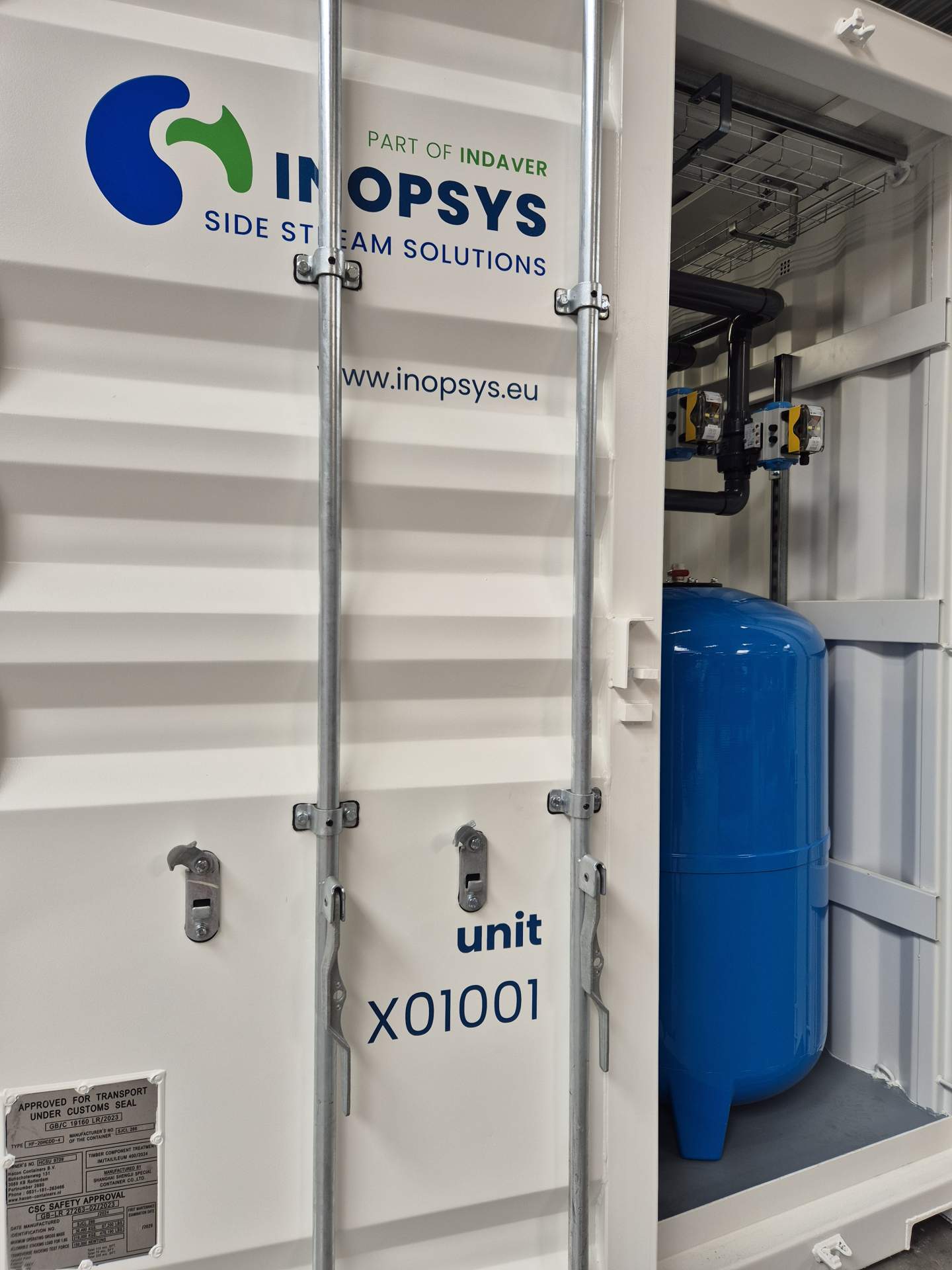
Ultra-Short PFAS testing installation
As part of our commitment to innovation, we’ve developed a containerized pilot installation for testing the removal of ultra-short PFAS from complex streams. This pilot setup enables direct comparison of adsorbent materials such as activated carbon and PFAS-specific ion-exchange resins.
Results from multiple pilots show that ion-exchange resins can completely remove ultra-short PFAS like TFA, with a typical capacity 6 to 12 times higher than activated carbon.
Our R&D team excels in PFAS analytics and technology screening, guiding clients in selecting the right combination or train of treatment technologies. Importantly, we are independent from any supplier of ion-exchange resins or activated carbon. Our engineering and operations teams provide full on-site system integration and ensure continuous performance optimization thanks to our flexible, mobile, and modular system design.
Our solution is compared to standard GAC
![]() HIGHER IN ADSORPTION CAPACITY
HIGHER IN ADSORPTION CAPACITY
![]() BETTER TO REMOVE OF LONG AND SHORT CHAIN PFAS
BETTER TO REMOVE OF LONG AND SHORT CHAIN PFAS
![]()
MORE COMPACT INSTALLATION, WITH LIMITED FOOTPRINT
![]() MORE SUSTAINABLE, DUE TO REGENERATION OF ADSORBENT
MORE SUSTAINABLE, DUE TO REGENERATION OF ADSORBENT
![]() HAS A LOW TOTAL LIFE CYCLE COST
HAS A LOW TOTAL LIFE CYCLE COST
![]() COMBINES OTHER TECHNOLOGIES TO BE ABLE TO RECUPERATE WATER
COMBINES OTHER TECHNOLOGIES TO BE ABLE TO RECUPERATE WATER
